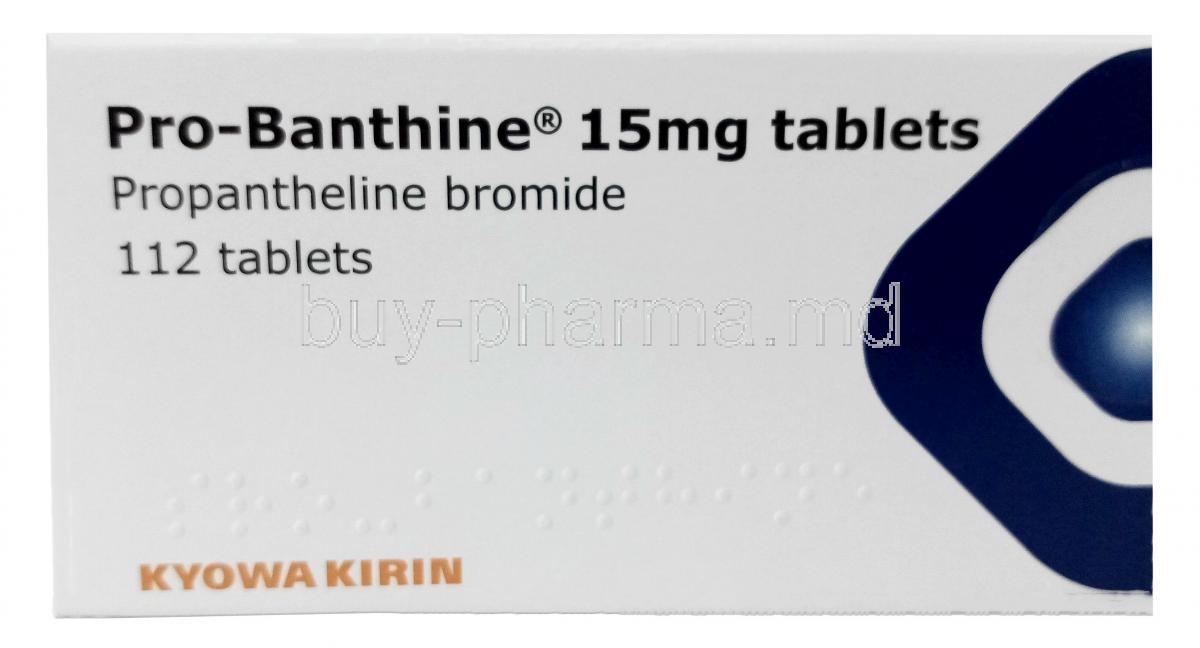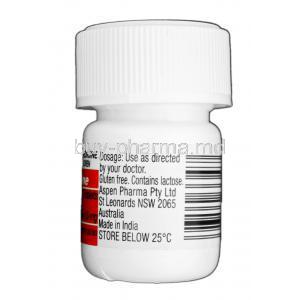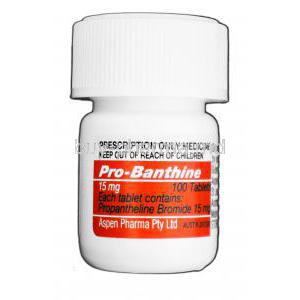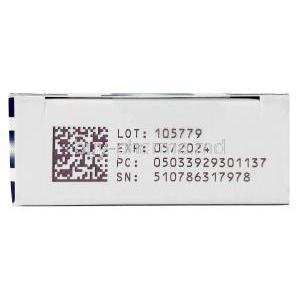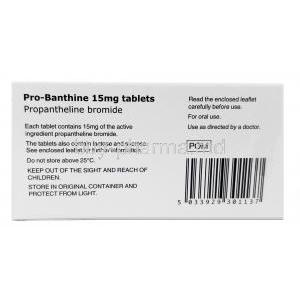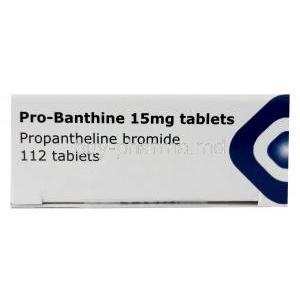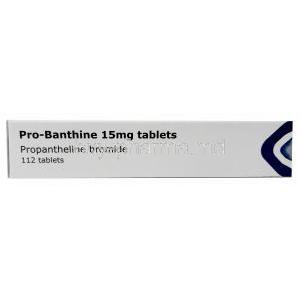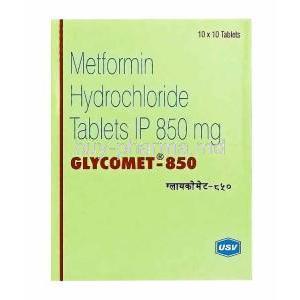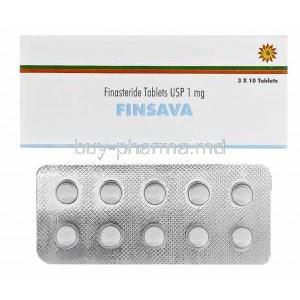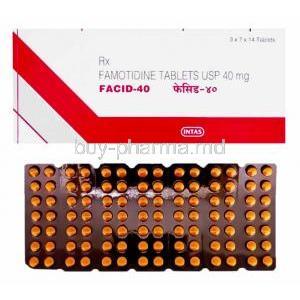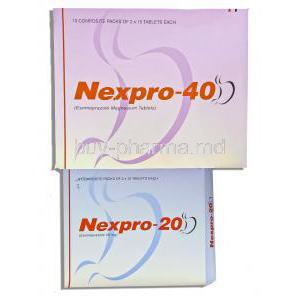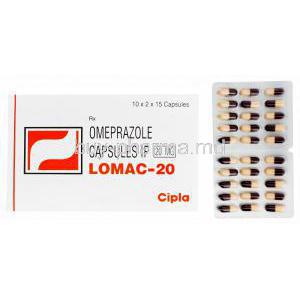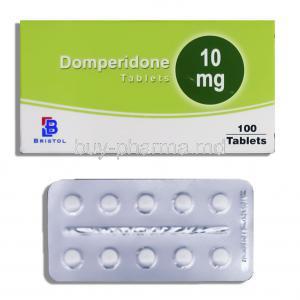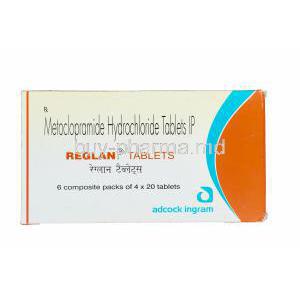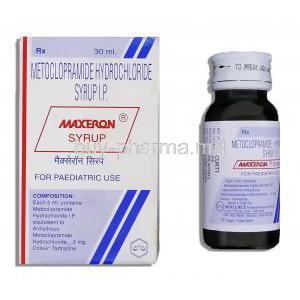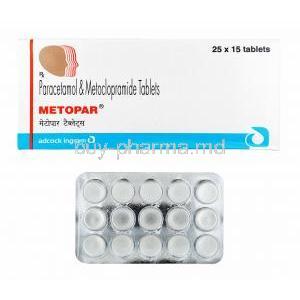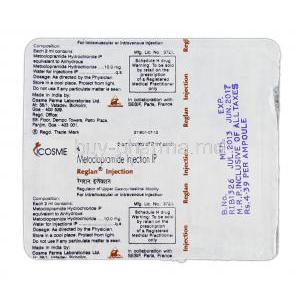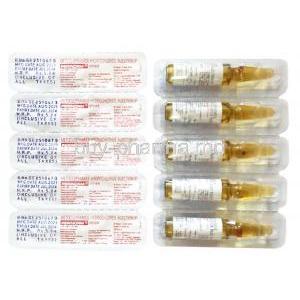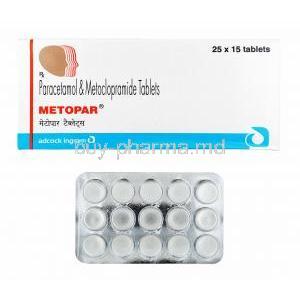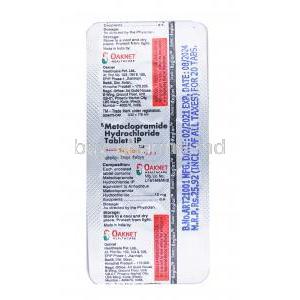1. Introduction to Pro-Banthine (Propantheline)
Overview of Propantheline as an Anticholinergic Medication
Propantheline, sold under the brand name Pro-Banthine, is a synthetic anticholinergic agent that reduces the activity of smooth muscles and glandular secretions in the body. By targeting the parasympathetic nervous system, it helps alleviate symptoms associated with hyperactive gastrointestinal and exocrine functions.
Historical Development and Clinical Relevance
Developed in the mid-20th century, Propantheline became a staple in the treatment of peptic ulcer disease prior to the emergence of proton pump inhibitors. Its antimuscarinic properties still provide therapeutic value in various autonomic dysfunctions.
Classification: Synthetic Antimuscarinic Agent
Propantheline belongs to the class of antimuscarinic medications, acting as a competitive antagonist of acetylcholine at muscarinic receptors.
Common Brand Names and Global Availability
Known primarily as Pro-Banthine, Propantheline is available in many countries under various brand names. Its availability may differ by region depending on regulatory approvals.
2. Composition and Pharmaceutical Formulation
Active Ingredient: Propantheline Bromide
Each tablet of Pro-Banthine contains Propantheline bromide, the active pharmaceutical compound responsible for its anticholinergic effects.
Available Strengths and Dosage Forms
Pro-Banthine is commonly available in 15 mg tablets. Extended-release forms are generally not produced, allowing flexibility in titration and short-term control.
Inactive Ingredients and Excipients
Typical excipients may include lactose, magnesium stearate, and microcrystalline cellulose, which support tablet stability and absorption.
Manufacturer Information and Regulatory Approvals
Manufactured by various pharmaceutical companies, Pro-Banthine holds regulatory clearance in select markets for specific gastrointestinal and autonomic disorders.
3. Mechanism of Action: How Pro-Banthine Works in the Body
Antimuscarinic Effects on Smooth Muscles and Glands
Pro-Banthine blocks the action of acetylcholine on muscarinic receptors in smooth muscles, reducing involuntary contractions in the gastrointestinal and urinary tracts.
Inhibition of Acetylcholine at Parasympathetic Sites
By competing with acetylcholine at parasympathetic neuroeffector junctions, Propantheline reduces nerve signal transmission responsible for glandular secretion and muscle contraction.
Reduction of Gastric, Salivary, and Sweat Gland Secretions
Pro-Banthine effectively lowers secretions from salivary, gastric, and sweat glands, making it useful for managing hyperhidrosis and peptic ulcer symptoms.
Effects on Gastrointestinal Motility and Urinary Tract
It slows gastric motility and reduces bladder spasms, aiding conditions such as irritable bowel syndrome and overactive bladder.
4. Approved Medical Uses of Propantheline
- Treatment of Peptic Ulcer Disease (PUD): Pro-Banthine reduces stomach acid and motility, offering symptom relief.
- Management of Hyperhidrosis: Used to control excessive sweating by inhibiting eccrine gland stimulation.
- Adjunctive Therapy for Irritable Bowel Syndrome (IBS): Helps ease cramping and urgency by reducing GI spasms.
- Bladder Spasms: Useful in detrusor overactivity and neurogenic bladder cases.
5. Off-label and Investigational Uses
- Off-label Use for Hyperhidrosis: Particularly in facial flushing and social anxiety-related sweating.
- Use in Enuresis and Urinary Incontinence: Applied when behavioral or other pharmacologic therapies fail.
- Vagal-Mediated Bradycardia: Occasionally used in cases of exaggerated vagal tone causing slow heart rate.
- Sialorrhea in Neurological Conditions: Investigated in Parkinson’s disease and ALS to reduce drooling.
6. Dosage and Administration Guidelines
6.1 Standard Dosage Instructions
Adults typically take 15 mg tablets before meals and at bedtime, often four times daily. Initial doses are adjusted based on symptom severity and patient tolerance.
6.2 Dosage Adjustment in Special Populations
Patients with renal or hepatic impairment may require lower dosages due to slower drug metabolism. Elderly individuals often begin on reduced doses to minimize anticholinergic burden.
6.3 Missed Dose and Discontinuation Guidelines
If a dose is missed, it should be taken as soon as remembered unless it’s close to the next dose. Gradual tapering is recommended to prevent rebound symptoms like cramping or excessive secretions.
7. Common and Serious Side Effects
7.1 Common Side Effects of Pro-Banthine
- Dry mouth
- Constipation
- Blurred vision
- Dizziness
- Drowsiness
- Nausea
7.2 Serious and Rare Adverse Reactions
- Urinary retention
- Rapid heart rate (tachycardia)
- Heatstroke due to inhibited sweating
- Severe allergic reactions including anaphylaxis
7.3 When to Seek Immediate Medical Attention
Medical help should be sought for symptoms like hallucinations, chest pain, inability to urinate, or severe rash/swelling, as these may indicate overdose or hypersensitivity.
8. Drug Interactions and Contraindications
8.1 Known Drug Interactions
- Antacids may impair absorption of Pro-Banthine.
- Tricyclic antidepressants can amplify anticholinergic side effects.
- Combining with other anticholinergics heightens risk of adverse effects.
- Opioids and cholinesterase inhibitors require careful monitoring.
8.2 Contraindicated Conditions
- Narrow-angle glaucoma due to risk of increased intraocular pressure
- Obstructive uropathy or paralytic ileus
- Myasthenia gravis
- Severe ulcerative colitis with risk of toxic megacolon
9. Special Precautions and Warnings Before Use
- Risk of Heat Prostration: Inability to sweat normally may cause dangerous overheating in hot climates or during exercise.
- Impact on Mental Alertness: May impair judgment, making activities like driving or operating machinery hazardous.
- Cardiovascular Considerations: Use cautiously in patients with arrhythmias, tachycardia, or ischemic heart disease.
- Gastrointestinal Disorders: Pro-Banthine may mask symptoms of appendicitis or GI infections, delaying diagnosis.
10. Guidelines for Careful Administration
10.1 Care in Patients with Chronic Illness
In individuals with underlying hepatic or renal impairment, Propantheline should be administered with heightened caution. Since the drug is primarily eliminated renally, impaired kidney function may prolong its systemic half-life and elevate the risk of toxic effects. Similarly, hepatic dysfunction may alter metabolism and clearance, necessitating close clinical monitoring and potential dose adjustment. Patients with autonomic neuropathy—particularly those with diabetic autonomic dysfunction—may exhibit unpredictable responses to anticholinergic therapy. Propantheline may exacerbate conditions such as gastroparesis or orthostatic hypotension. Regular follow-up and symptom tracking are essential in this subgroup.
10.2 Precaution in Polypharmacy Settings
Polypharmacy, especially in geriatric populations, increases the likelihood of pharmacodynamic and pharmacokinetic interactions. Special attention should be given to patients concurrently receiving central nervous system depressants, antispasmodics, or antihistamines, as these agents may amplify the anticholinergic burden. When multiple anticholinergic agents are prescribed simultaneously, the cumulative effect may increase the risk of delirium, urinary retention, dry mouth, blurred vision, and constipation. Medication reviews should be routine to avoid therapeutic redundancy and adverse outcomes.
11. Use in Specific Populations
11.1 Administration to Elderly Patients
Older adults often exhibit heightened sensitivity to anticholinergic effects due to age-related changes in pharmacodynamics and reduced physiologic reserve. Even standard doses of Propantheline may provoke central nervous system effects such as confusion, disorientation, or sedation. Monitoring of urinary function is imperative, as urinary retention can be insidious in this population. Cognitive screening should also be considered during treatment, particularly in those with pre-existing mild cognitive impairment or dementia.
11.2 Use in Pregnant Women and Nursing Mothers
Propantheline is classified under FDA pregnancy category C, indicating that risk to the fetus cannot be ruled out based on available animal or human data. While teratogenicity has not been definitively established, use during pregnancy should be limited to cases where the potential benefits justify the possible risks. Limited data exist regarding excretion into human breast milk. However, due to its anticholinergic nature, nursing mothers should exercise caution, as there is theoretical concern for reduced milk production and anticholinergic effects in the infant. Consultation with a healthcare provider is advised before initiating therapy in lactating women.
11.3 Pediatric Use and Safety Considerations
The safety and efficacy of Propantheline in children have not been well established through controlled studies. Although it may be used off-label for conditions like enuresis or gastrointestinal disorders, such use requires careful dose titration and vigilant observation. In pediatric patients, the risk of CNS-related side effects such as restlessness, behavioral changes, and irritability may be elevated. The smallest effective dose should be used, and ongoing monitoring is essential to prevent toxicity.
12. Overdose Management and Toxicity
Symptoms of Overdose: Confusion, Flushing, Hallucinations
An overdose of Propantheline may present with a constellation of anticholinergic toxidrome symptoms including:
- Severe dry mouth
- Facial flushing and hyperthermia
- Mydriasis (dilated pupils)
- Tachycardia
- Urinary retention
- Disorientation, agitation, or hallucinations
Emergency Interventions and Supportive Care
Management involves prompt cessation of the drug and supportive care. Airway protection, intravenous hydration, and temperature control are primary measures. Benzodiazepines may be considered to control agitation or seizures in severe cases.
Role of Activated Charcoal and Physostigmine
If the overdose is recent, activated charcoal may reduce gastrointestinal absorption. In life-threatening cases of central anticholinergic syndrome, physostigmine—a reversible cholinesterase inhibitor—may be administered under strict cardiac monitoring, although its use is reserved due to associated risks.
13. Storage, Handling, and Shelf-Life
Recommended Storage Temperature and Conditions
Propantheline tablets should be stored at room temperature, ideally between 20°C to 25°C (68°F to 77°F), in a dry and well-ventilated area. Exposure to excessive moisture or heat should be avoided to preserve tablet integrity.
Safe Handling Instructions for Pharmacy and Patients
Keep the medication in its original container, tightly sealed and clearly labeled. Patients should be advised to store the product out of reach of children and pets.
Shelf-Life and Disposal of Expired Medication
The typical shelf-life of Propantheline tablets is 24 to 36 months. Expired or unused tablets should be disposed of following local pharmaceutical waste protocols and not flushed down the toilet or discarded in household trash.
14. Handling Precautions and Patient Safety Tips
Avoiding Overheating and Dehydration During Therapy
Due to the inhibition of sweat gland activity, patients are at risk of heat-related illnesses such as heat exhaustion or heatstroke. During hot weather or physical exertion, increased caution, adequate hydration, and environmental cooling are essential.
Eye Protection Due to Possible Blurred Vision
Blurred vision and sensitivity to light may impair activities such as driving or operating machinery. Sunglasses and avoidance of visually demanding tasks are recommended if symptoms occur.
Maintaining Hydration and Preventing Constipation
Propantheline can reduce gastrointestinal motility and secretions, contributing to constipation. Patients should be encouraged to maintain fluid intake, consume fiber-rich foods, and engage in regular physical activity to support bowel function.

